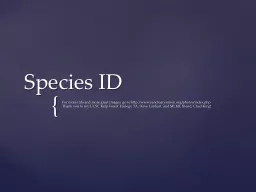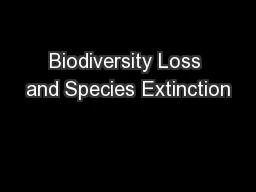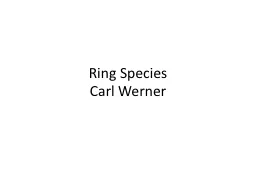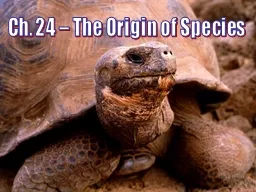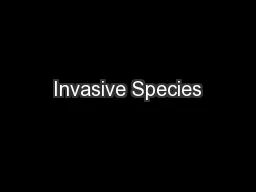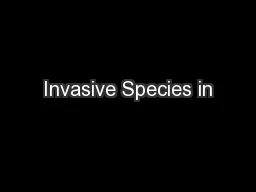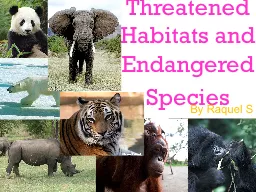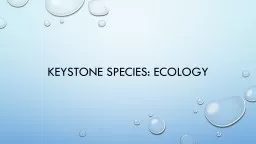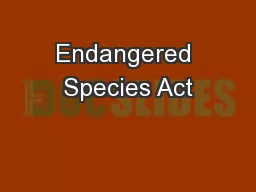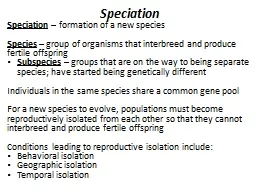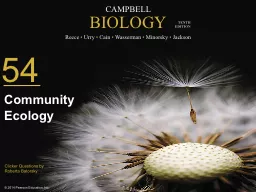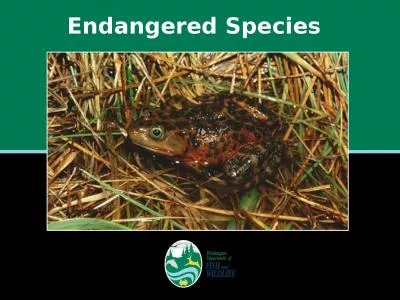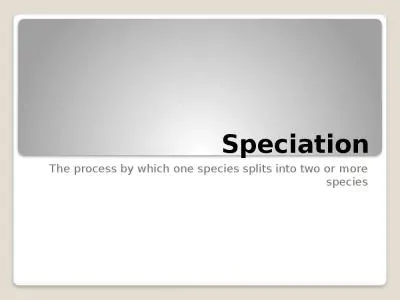PPT-Species ID
Author : stefany-barnette | Published Date : 2017-08-24
For more info and more great images go tohttp wwwsanctuarysimonorgphotosindexphp Thank you to my UCSC Kelp Forest Ecology TA Steve Lonhart and MLML friend Chad
Presentation Embed Code
Download Presentation
Download Presentation The PPT/PDF document "Species ID" is the property of its rightful owner. Permission is granted to download and print the materials on this website for personal, non-commercial use only, and to display it on your personal computer provided you do not modify the materials and that you retain all copyright notices contained in the materials. By downloading content from our website, you accept the terms of this agreement.
Species ID: Transcript
Download Rules Of Document
"Species ID"The content belongs to its owner. You may download and print it for personal use, without modification, and keep all copyright notices. By downloading, you agree to these terms.
Related Documents

